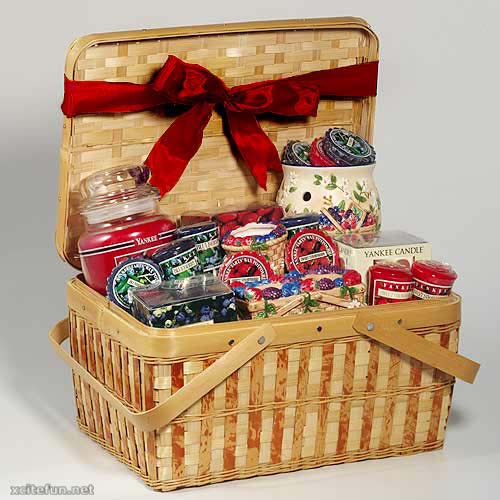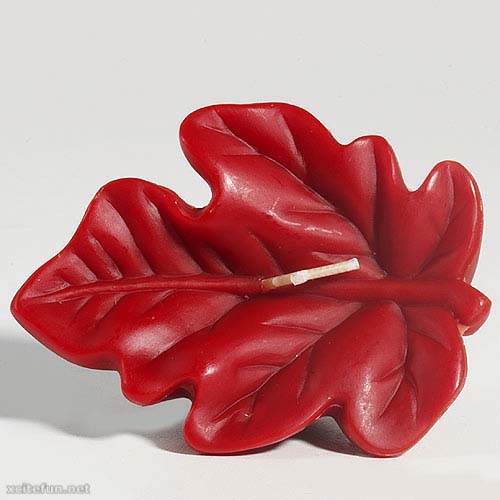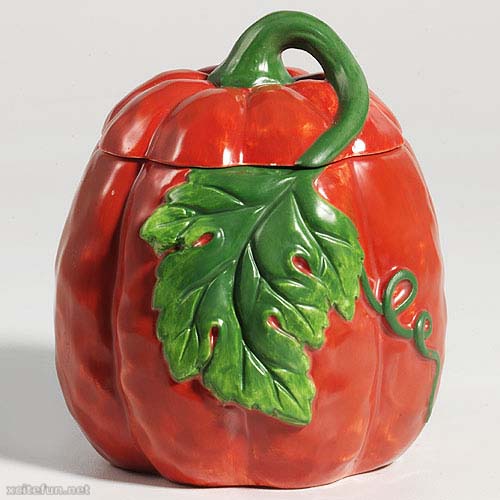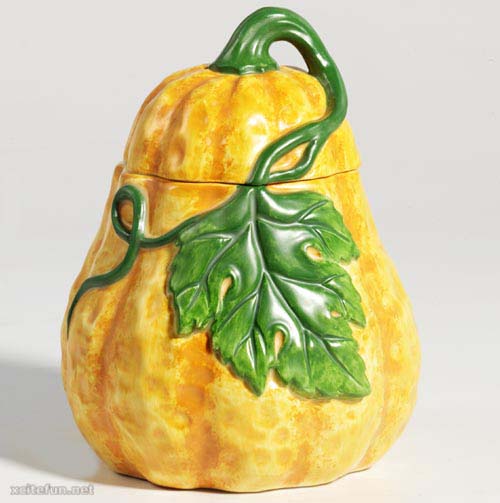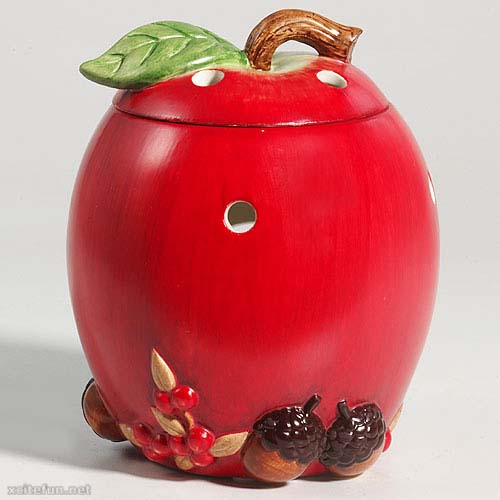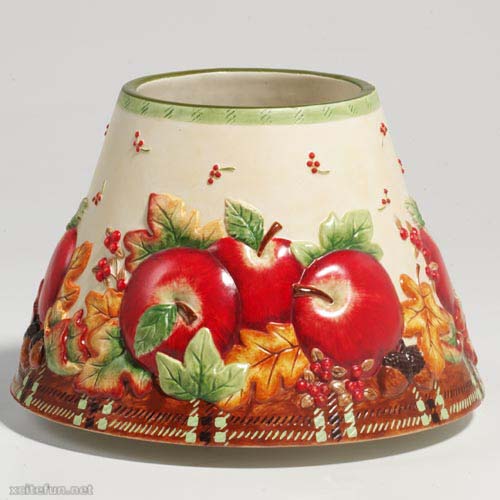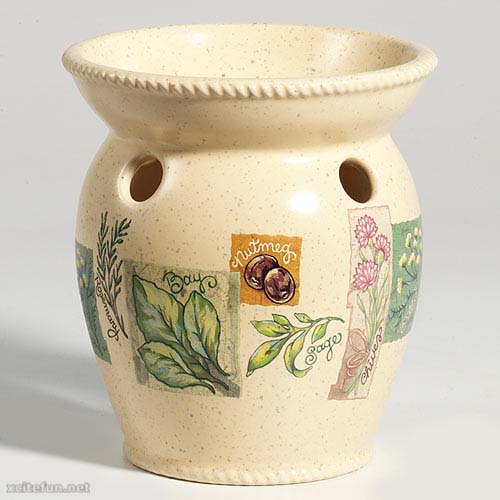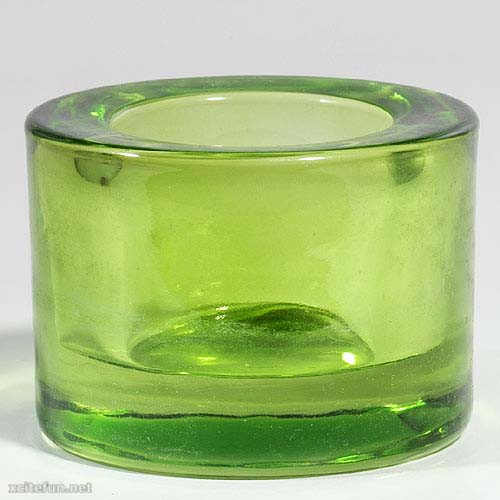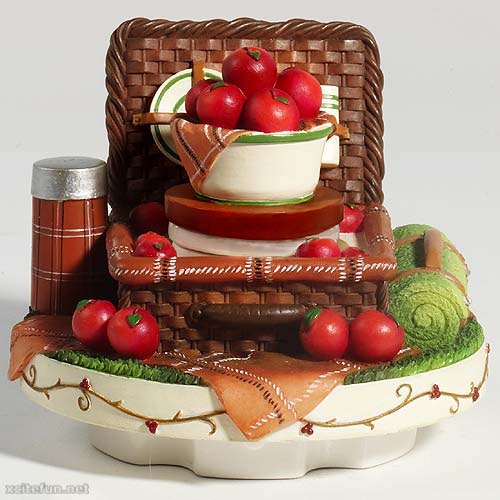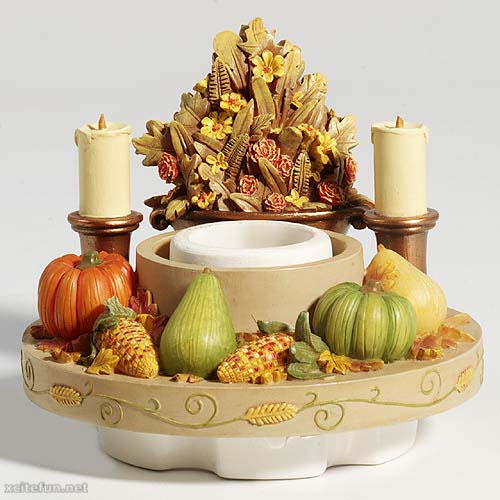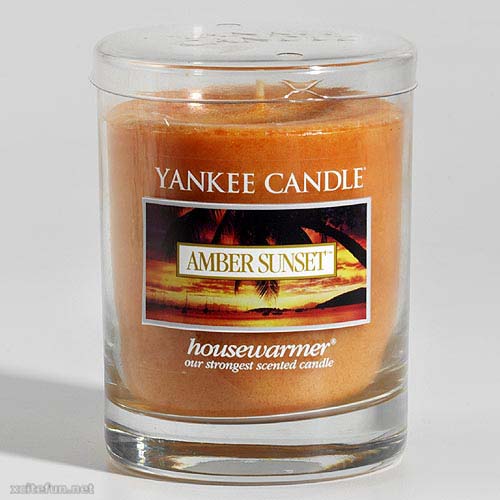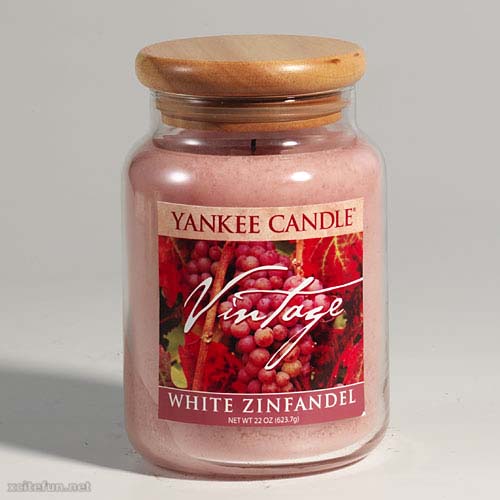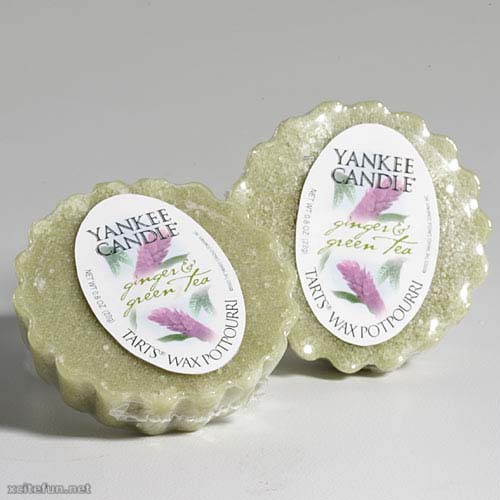Prior to the mid 19th century, candles were frequently made from tallow (a byproduct of beef-fat rendering). Nowadays, fuel is nearly always some form of wax, with paraffin wax being the most common. Candles made from gel, soy, beeswax, and vegetable products are also available.
A candle manufacturer is traditionally known as a chandler. Various devices have been invented to hold candles, from simple tabletop candle holders, to elaborate chandeliers.
Prior to the candle being ignited, the wick is impregnated with the fuel in its solid form. The heat of the match or other flame being used to light the candle first melts and then vaporizes a small amount of the fuel. Once vaporized, the fuel combines with oxygen in the atmosphere to form a flame. This flame then provides sufficient heat to keep the candle burning via a self-sustaining chain of events: the heat of the flame melts the top of the mass of solid fuel, the liquified fuel then moves upward through the wick via capillary action, and the liquified fuel is then vaporized to burn within the candle's flame.
